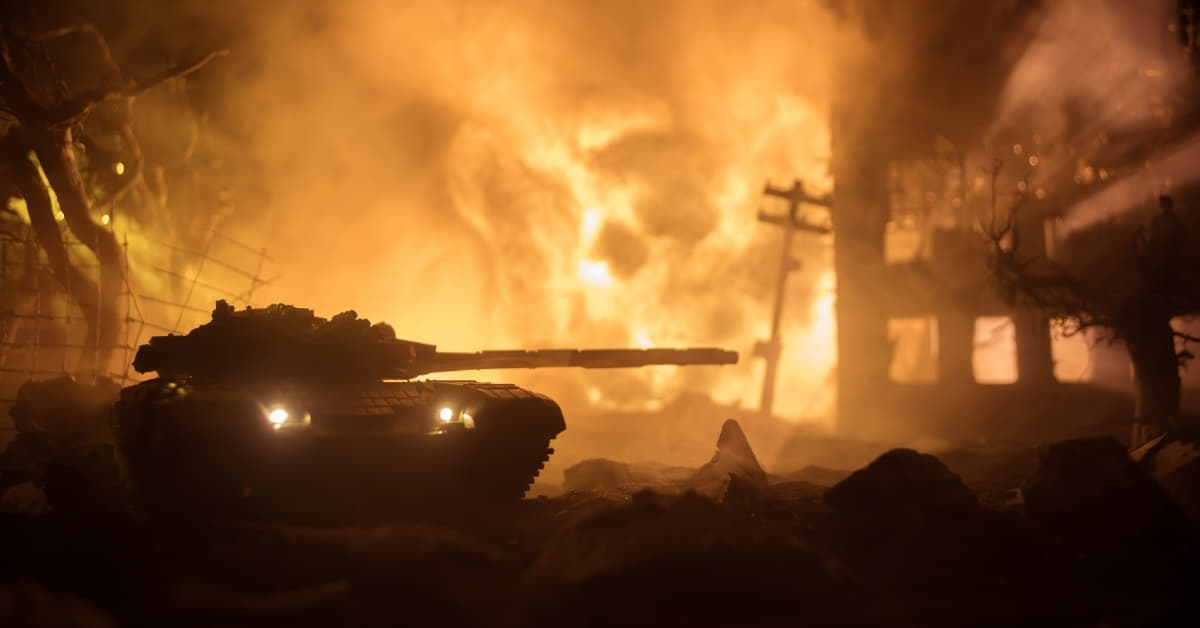War photography is a powerful medium that captures the harsh realities of conflict, providing a visual narrative that words alone cannot convey. In this article, we explore the significance of war photography, its evolution over time, the challenges faced by photographers in conflict zones, and its impact on society.
What Is War Photography?
War photography goes beyond mere images; it serves as a potent form of storytelling. Through the lens, photographers document the human experience in times of conflict, depicting the raw emotions, struggles, and resilience of individuals caught in the crossfire.
Evolution of War Photography
The history of war photography can be traced back to the Crimean War in the mid-19th century, where Roger Fenton captured images of the battlefield. Since then, technological advancements have transformed the field, enabling photographers to provide increasingly vivid and immediate portrayals of war.
Challenges Faced by War Photographers
Navigating the treacherous terrain of conflict zones, war photographers confront myriad challenges that extend beyond the lens. From personal safety concerns to ethical dilemmas, their journey to capture the raw truth demands both courage and conscious decision-making.
Personal Risk and Safety:
One of the primary challenges faced by war photographers is the inherent danger of working in conflict zones. The pursuit of truth often places them in harm’s way, requiring immense courage and resilience.
Ethical Dilemmas:
Photographers often grapple with ethical considerations when documenting sensitive and distressing scenes. Striking a balance between telling a compelling story and respecting the dignity of those affected by conflict is a constant challenge.
Impact on Society
Unveiling the profound influence of war photography, its impact on society reverberates far beyond captivating visuals. Through poignant narratives, these images not only raise awareness but also shape public opinion, making an indelible mark on our collective understanding of conflict and humanity.
Raising Awareness
War photography plays a crucial role in raising awareness about the human cost of conflict. By bringing the harsh realities to the forefront, it encourages dialogue, empathy, and a collective commitment to peace.
Shaping Public Opinion
These visual narratives have the power to shape public opinion and influence political decisions. Iconic images have been catalysts for social movements, prompting societies to reevaluate their stance on war and conflict.
FAQs
Why is war photography important?
War photography serves as a powerful medium to document and communicate the harsh realities of conflict. It fosters understanding, empathy, and awareness, contributing to informed discussions on war and peace.
How do war photographers ensure their safety?
War photographers undergo rigorous training, often work with experienced teams, and prioritize safety protocols. However, the inherent risks remain, and many rely on their instincts and experience to navigate dangerous situations.
Are there ethical guidelines for war photographers?
Yes, ethical guidelines exist for war photographers. They emphasize the importance of respecting the subjects, obtaining informed consent when possible, and avoiding the exploitation of sensitive situations for sensationalism.
How has technology impacted war photography?
Technology has significantly impacted war photography, providing photographers with advanced tools and equipment to capture and transmit images in real-time. Drones and digital cameras have revolutionized the field, allowing for more comprehensive and immediate coverage.
Conclusion
War photography stands as a testament to the resilience of the human spirit in the face of adversity. Through poignant visual narratives, it urges us to reflect on the consequences of conflict and strive for a more peaceful world. In the digital age, where images can travel globally in an instant, the responsibility of war photographers to tell these stories with empathy and accuracy has never been more critical.
This page was last edited on 27 February 2024, at 1:09 pm
